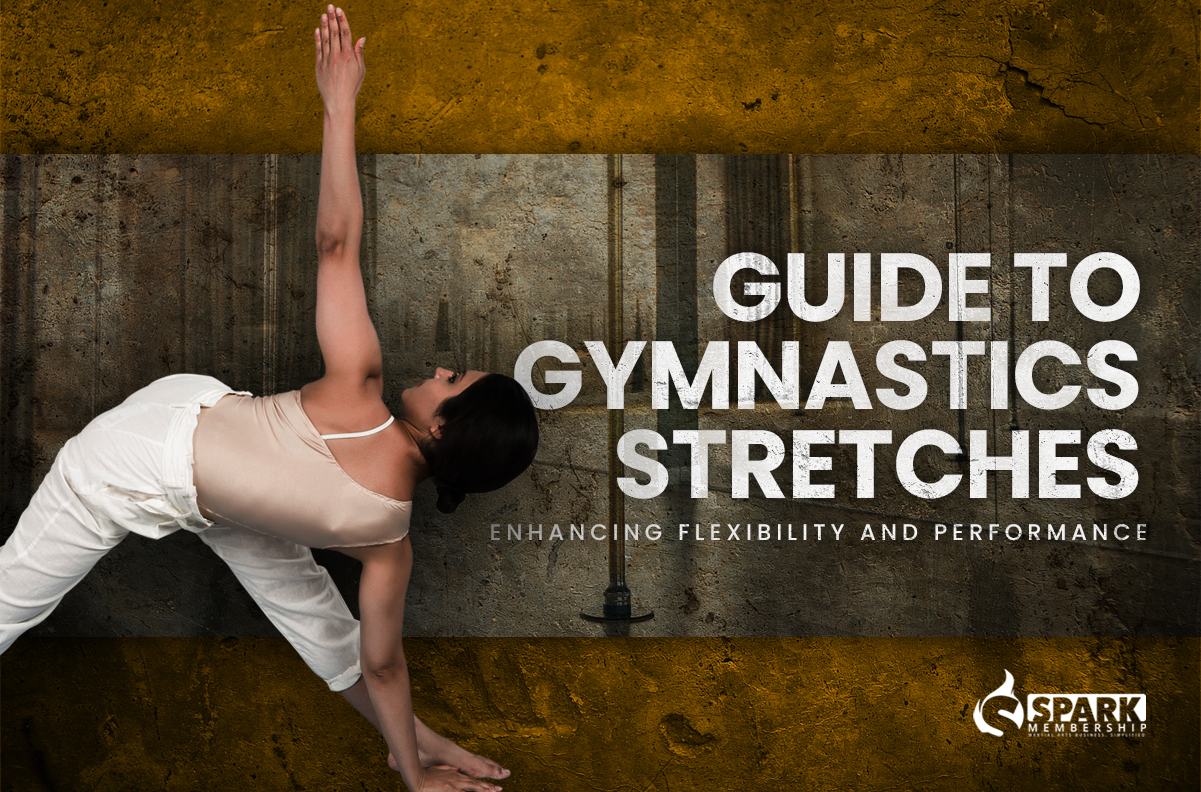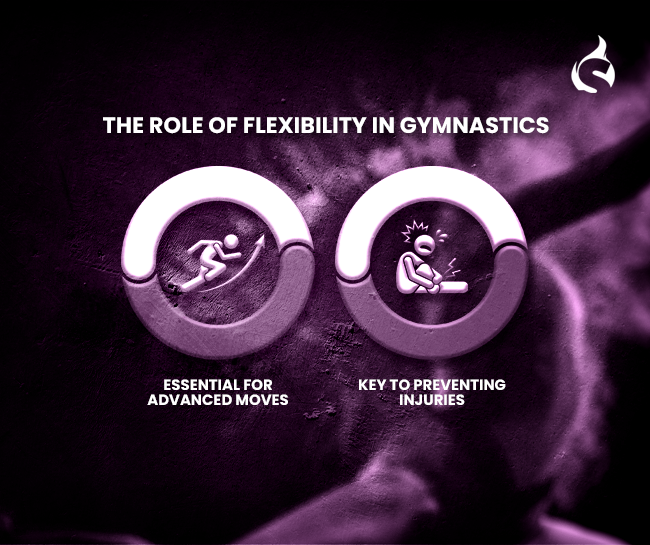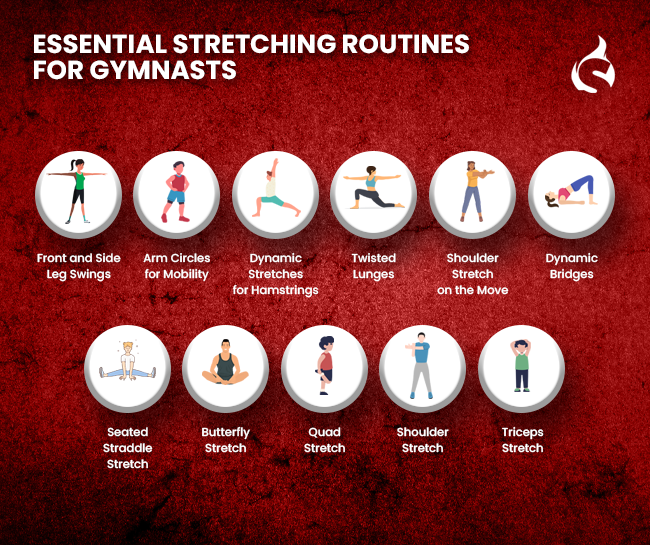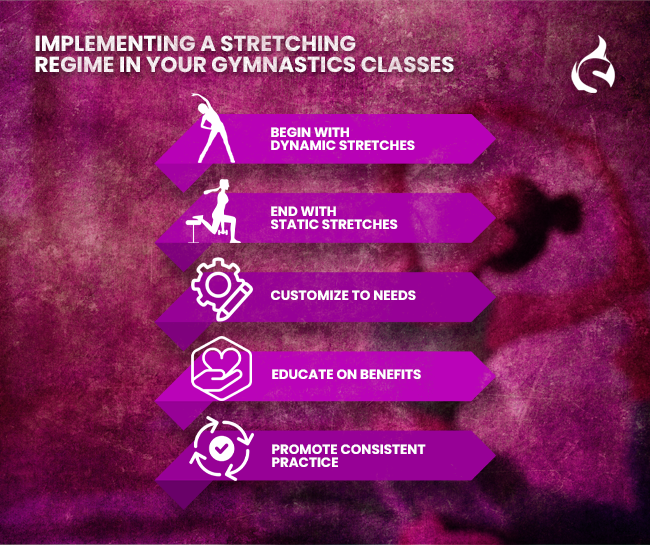
Yoga is more than just stretching and poses; it’s a journey towards better health and mindfulness. However, like any journey, it comes with its risks. Thankfully, these risks are mostly avoidable with proper care and preparation. It’s crucial for yoga studios and their instructors to prioritize safety to ensure everyone enjoys their yoga experience safely.
Understanding Yoga Injuries
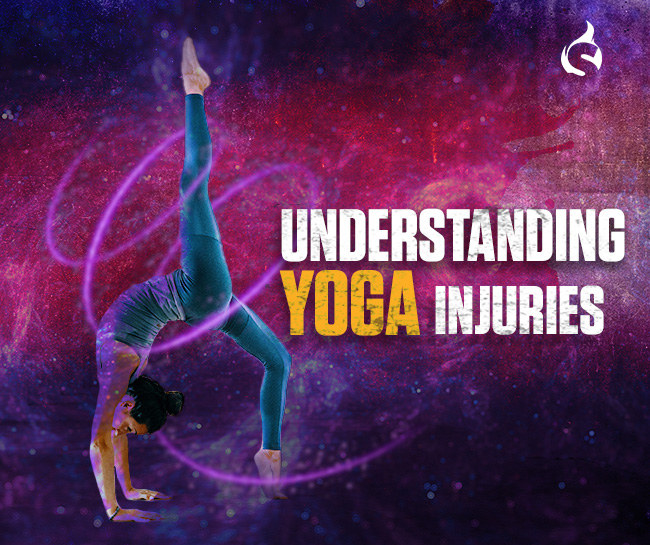
Injuries in yoga can arise from various factors, including overexertion, improper alignment, and neglecting the body’s signals. The joint most prone to injury is the knee, vulnerable due to its complex structure and the significant load it bears. Understanding the mechanics of your body and respecting its limitations are crucial steps in preventing injuries. By acknowledging this, practitioners can adapt their practice to be both challenging and safe.
💡 This fosters a culture of care and mindfulness, enriching the overall yoga experience for everyone involved.
The 5 Most Common Yoga Injuries
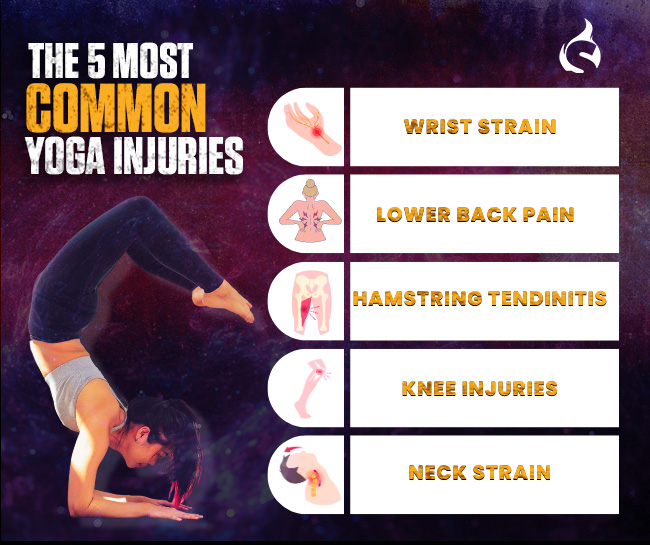
Diving into yoga, it’s not just about the poses but also knowing the usual injuries and how to keep them at bay. Here’s a look at what often goes wrong and tips to avoid these setbacks.
- Wrist Strain
Wrist Strain often results from the pressure of poses like Downward Dog and Planks, but can be prevented by spreading your fingers wide to distribute your weight evenly.
- Lower Back Pain
Lower Back Pain can occur from improper form in forward bends and overarching in backbends, yet engaging your core and lengthening your spine helps avoid this.
- Hamstring Tendinitis
Hamstring Tendinitis is typically caused by overstretching in Forward Folds, which is preventable by slightly bending your knees to ease tension.
- Knee Injuries
Knee Injuries happen due to misalignment in poses like Warrior and Lotus, but keeping your knee in line with your foot and avoiding hyperextension can safeguard against them.
- Neck Strain
Neck Strain in poses like Headstand and Shoulderstand comes from incorrect posture, but ensuring proper alignment and gradually building up strength can prevent it.
💡 Grasping these risks enables them to implement preventive measures, offer guidance, and build trust within the yoga community, fostering a safer environment and enhancing their studio’s reputation for prioritizing student well-being.
Yoga Injury Prevention
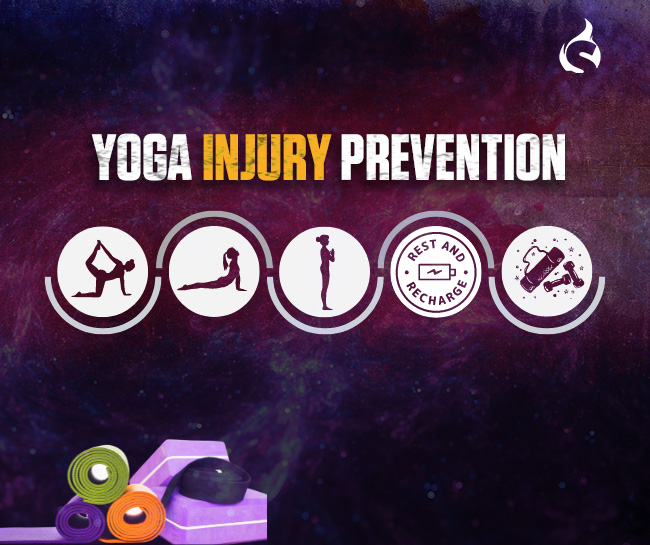
To stay safe in your yoga journey, incorporating a few key practices can make all the difference. Here’s how:
- Start with a gentle warm-up to prepare your body.
- Pay close attention to aligning your body properly in every pose.
- Understand how yoga strengthens muscles, supporting injury prevention.
- Listen to your body’s signals and adjust as needed.
- Incorporate rest days into your practice schedule for recovery.
- Use props like blocks and straps for support in challenging poses.
- Seek feedback from experienced instructors to refine your technique.
Handling Yoga Injuries
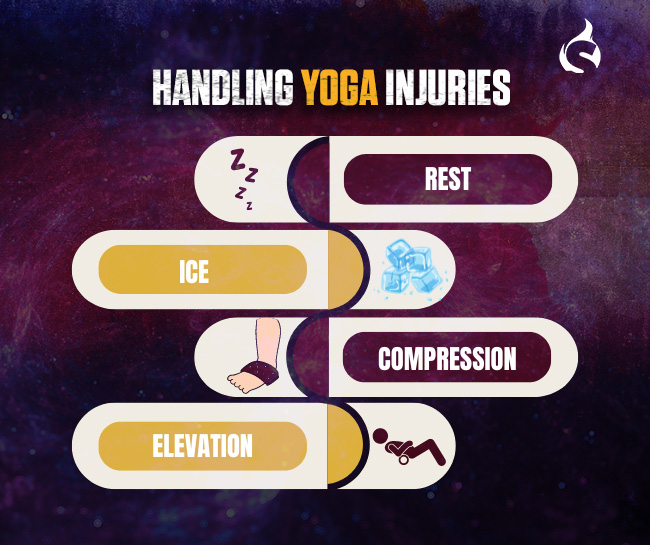
If an injury occurs, it’s important to stop practicing immediately and apply the RICE method (Rest, Ice, Compression, Elevation). For persistent pain or discomfort, seeking medical attention is crucial to prevent further damage.
Yoga is a journey of self-discovery and growth. By staying informed about the risks and employing preventive measures, practitioners can enjoy a fulfilling practice. Embrace yoga’s principles of mindfulness and self-care to ensure a safe and sustainable path towards wellness.
Transform your yoga studio with Spark Membership Software. Simplify management, maximize profits, and join a community of thriving studios.
